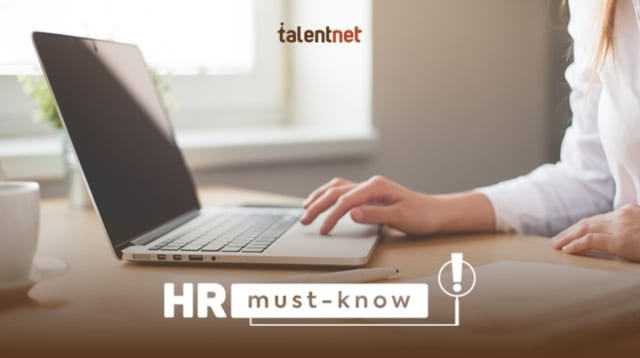#HRmust-know: Having Trouble With Managing Employees? It's Time To Create An Employee Database!

December 22, 2021
The company's success or failure depends on the quality of its decision-making. A modern employee database system helps managers and human resources departments to make data-driven decisions that assist in retaining employees and advancing your business.


To get started with the employee database system, Fuse Workforce – an international HR community has suggested these 5 steps:
1. Identify your business goals
Before jumping right in, it is crucial to think about what you need from your system’s data. There are several benefits of having an employee database system that you might consider, including:
- Enhance the accuracy of reporting.
- Automate the HR process.
- Integrate salary with recruiting processes, benefits and other areas.
- Monitor HR’s KPIs
- Provide simpler access to statistics and insights that support staff to make decisions about their performance and career growths.
If you can identify what you need, it is easier to tailor the employee database to your business demands.
2. Specify the database demands
The employee journey at your workplace is a fantastic place to start when developing a strategy once you have identified the components in the employee database that you desire. You’ll want to include the actions that take place at each of the phases of the employee lifecycle, which are as follows:
- Recruitment and onboarding
- Performance management
- Training and development
- Retention and engagement
- Off-boarding
3. Include essential stakeholders in the process
It is difficult to build an employee database that meets all demands of various departments by yourself with the HR team. Obviously, you also need to bring in key stakeholders who can support new technology expenditures, such as business leadership and the information technology department; as well as involve frequent users of the data such as the payroll manager or finance department in the process of establishing an employee database. This will help those stakeholders understand the process and engage in contributing to the employee database, which overall drastically increases the likelihood of success.

4. Make a list of coherent policies and information
Policies related to employees need to be collected beforehand so that the new platform can integrate those policies into the system. That way payrolls, employee welfare or benefits will be calculated more accurately.
5. Encourage staff to use the platform through training
Without training, employees will encounter lots of difficulties when using the new platform and go back to the traditional working process in which they have to contact the HR department for information. Therefore, you need to provide employees with proper training sessions and tutorial tools along with 24/7 system support. Besides, make sure employees set time for attending training and getting themselves familiar with the platform.

If you are still confused with the concept of employee databases and don’t know how to do it properly, let Talentnet‘s experienced team help you. Our high security, yet easy-to-use platform with real-time reports, custom analytics, administrative features and legal updates will assist businesses of any size to manage employee data effectively.

